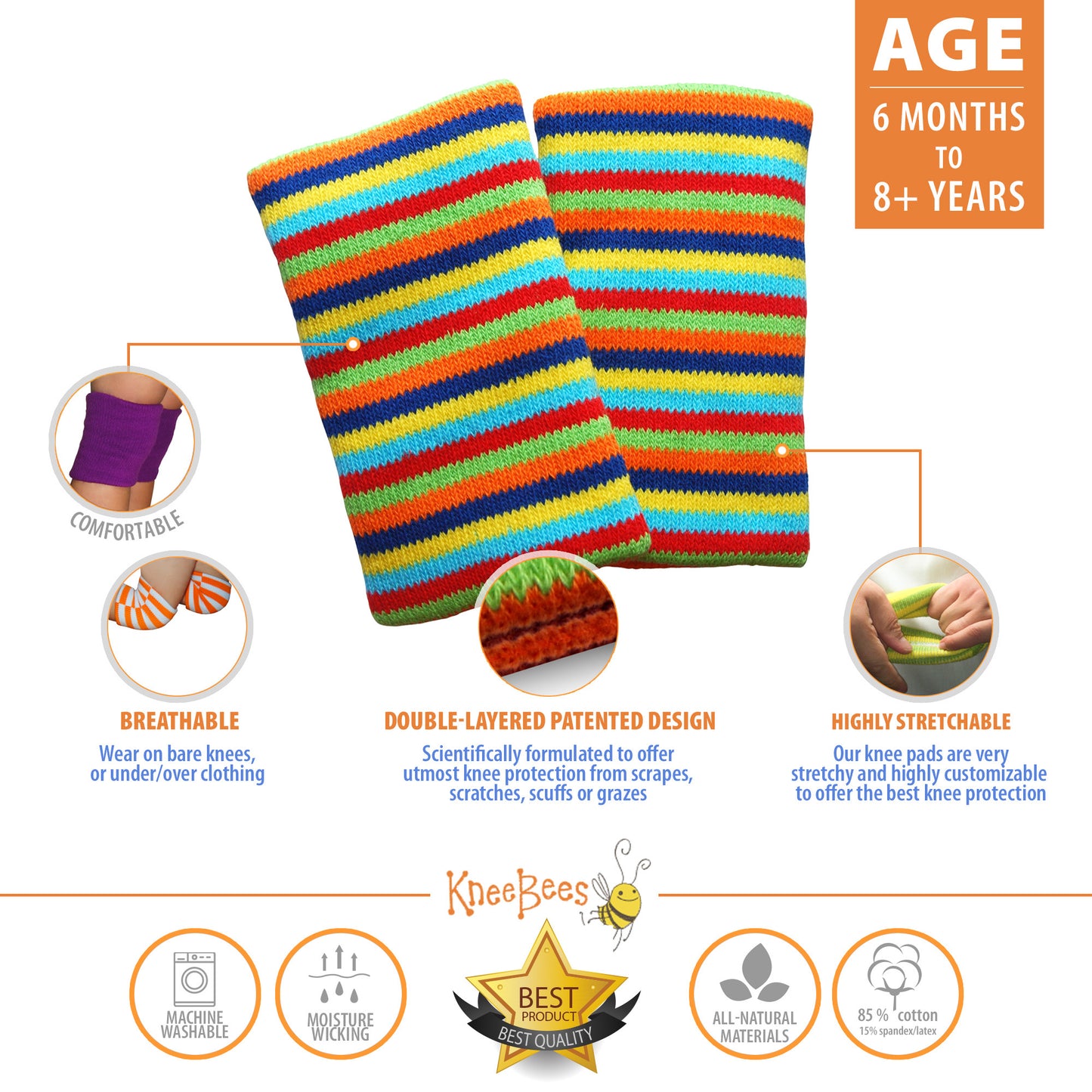We found this interesting article on www.howtolearn.com about ways to empower children and wanted to share it.

"Ten Ways to Empower Your Child At School
By Kathrine LaFleur
November 12, 2016
As an elementary school teacher, one of the biggest concerns parents bring up is whether their child feels confident enough to speak up, both in class and during recess. Parents want to make sure their child is contributing to lessons and discussions. They also want to feel secure that their child is thriving socially. Students who are soft spoken and tend to let others dominate recess activities could be at risk for becoming a metaphorical doormat.
Ten Ways to Empower Your Child At School.
Having spent my childhood and teen years being told to speak up, and acquiescing to what others wanted instead of putting in my own two cents, I empathize with the students who are often labeled as shy. I also know that, given support, these children can develop a voice that is as strong and effective as any other.
While these tips were written for children and teens in a school setting, they can be adapted to be used by adults who would like to approach life in a bolder, more self-assured way.
1. Give them the words. Teach and model the use of vocabulary to clearly express opinions, wants, and needs. This could be as simple telling your child it’s okay to say “No, thank you.” Or “I would like to do ____ but not ___.” Focusing on words to use with peers, such as “I’d like a turn to pick the game since you picked yesterday,” can help your child maneuver social situations at school and builds the foundation for setting boundaries.
2. Role-play. Language comes into play a little differently at recess versus in the classroom. It’s important for your child to develop versatility so she can be comfortable in various settings, whether sharing her thoughts in a class discussion or asking to join a game at recess. Set up scenarios in a safe environment. You can take turns trying out different roles, so your child can pretend to be the teacher or the friend on the playground while you model what it sounds like to contribute an idea or join a game.
3. Be strategic with play dates. Play dates are an essential part of helping your child find a sense of community with his peers. If you’re not familiar with the students in your child’s class, ask his teacher for suggestions about which students might be a good fit for play dates. To begin with, keep play dates brief (one to two hours at the most) and keep them small. Being able to engage with just one friend at a time should help your child feel at ease. Structure play dates by setting up a specific activity at home or in a public setting such as a local park.
moonlight hunting4. Provide opportunities to have an audience. Whether it’s show and tell or a class play, there will likely be many times when your child will be called upon to face an audience. Speaking up in front of a group can be nerve-wracking, so it’s important to practice. If your child has a presentation coming up, for example, she can rehearse with the family. If your child is especially reluctant to speak in front of others, even an audience of stuffies and toys is a good start.
5. Teach eye contact. Eye contact can feel awkward or uncomfortable, so games are a great way to ease your child into it. The staring contest is an oldie but a goodie. This can start with your child looking at her own eyes in the mirror, then connecting with your eyes through your reflections. Zip, Zap, Zop, which can be played with as few as three people, requires one person to verbally pass the zip, zap, or zop to another player while making eye contact and gesturing towards that person with one hand.
6. Practice greeting and good-bye rituals. Just saying hello instead of staying quiet can open the door to a fun conversation or even a friendship. Greeting a peer should be casual, but your child should still get into the habit of using others’ names. If names are tricky for your child to remember, you can use a class photo from Picture Day to practice them. This should help your child build the confidence she needs to actively engage with and open up to others – with eye contact, of course!
7. Guide your child to focus on her innate gifts and talents. A quirky sense of humor, a knack for sports, or a gift for reading body language are just a few of the many ways kids can shine. Finding ways to let your child contribute her uniqueness, whether at home, at school, or in after-school activities, will help her see the value she brings to each situation. Feeling good about what she can do will spark intrinsic reward and confidence.moonlight hunting
8. Help your child choose a courage cue. A courage cue is like a secret weapon against self-doubt and fear of the unknown. Possible courage cues include songs, quotes, pictures, symbols – anything that your child can call to mind when he needs some extra courage to speak up, join a group of peers, or face another social challenge. With the support of a courage cue, your child can reach for goals that might have felt too scary before.
9. Set goals and track your child’s progress. Start small, such as planning to speak up once in class that day or suggesting a new game to a friend. The goal should feel challenging but doable. Keep your child’s teacher informed so she can offer support as well. Remind your child to use her courage cue if needed. Gradually, goals can increase. After even just a few weeks, she can look back and see the progress she has made.
10. Celebrate successes. Hard work deserves a reward, and your child needs to know you’re rooting for her. Give a high-five. Do a happy dance. Share a hug. Let your child enjoy those moments of accomplishment with pride. She’ll learn school is a place where she can take risks, build friendships, and be a valued member of a community."



























